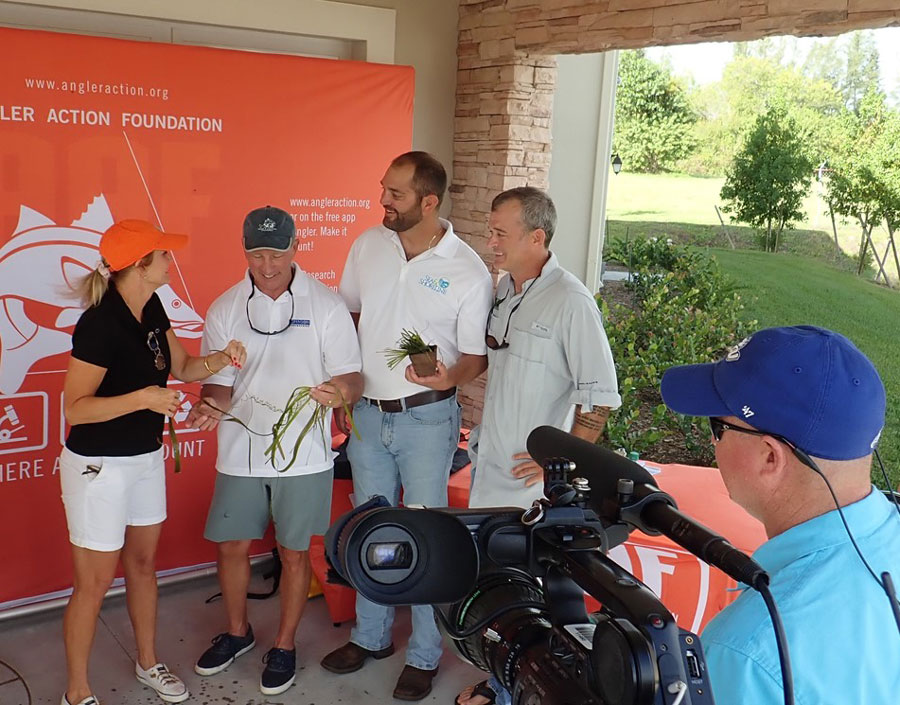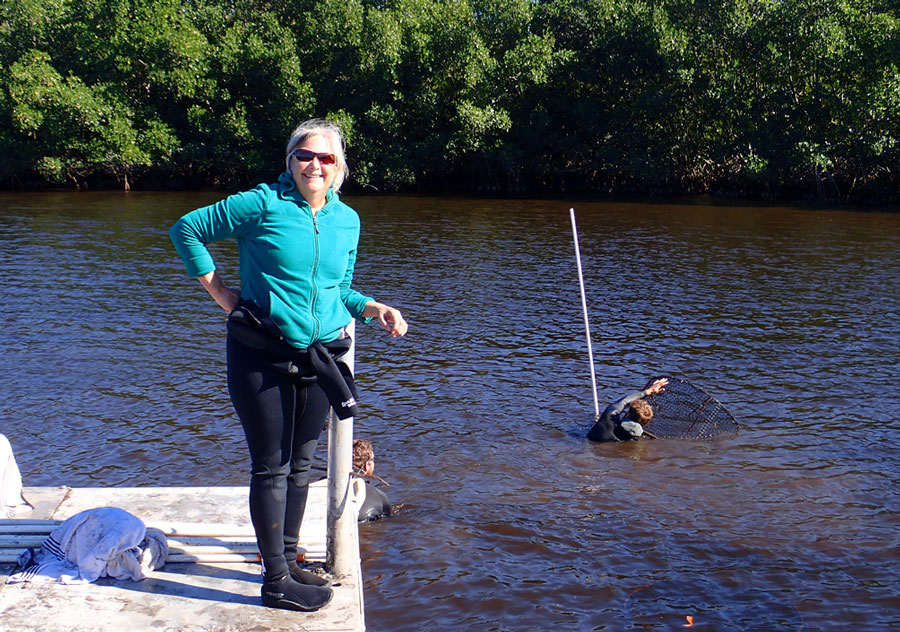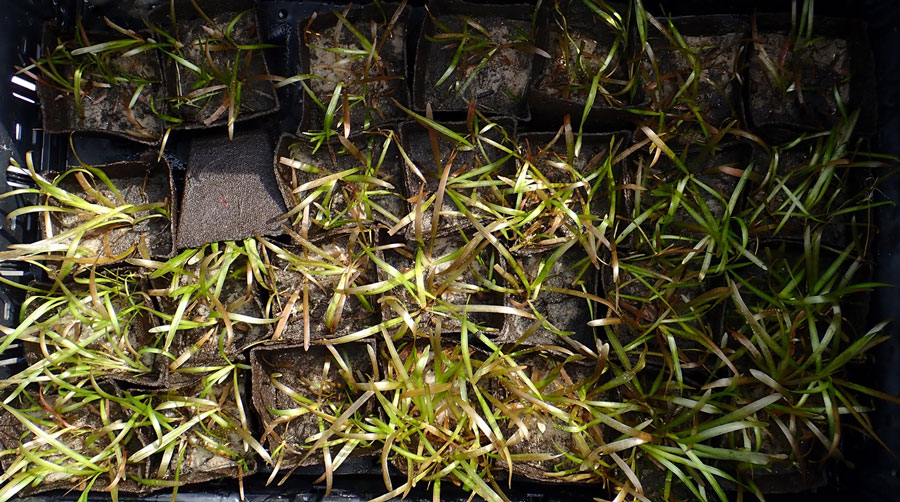This Farm Bill-funded program boosts habitat and addresses a watershed-wide problem
The 2019 planting year was historic—but unfortunately not in the way that many American farmers would like to remember. Unseasonably wet conditions prevented planting on nearly 20 million acres of corn, soybean, and wheat crops, among others, doubling the previous record of 9.6 million acres in 2011. The yearly average is typically between 3-4 million acres.
Last spring’s deluge caused at least $3 billion in damages to the heartland and brought shipping on the Mississippi to a halt. The resulting erosion, sediment loss and nutrient runoff carried ecological impacts stretching across thousands of miles. As rain continued to fall in the Missouri and Mississippi River basins, rising waters eroded soils and washed downstream millions of tons of nutrient fertilizer and organic matter from agriculturally productive land. Locally, the depletion of these substances results in reduced crop yields, and when this material reaches the ocean it can be devastating to marine health.
But thanks to the Farm Bill, there’s a new initiative that will aid in addressing this challenge while both improving water quality and establishing healthy habitat for the birds and game animals that hunters love to chase.
A Growing Problem
Each year, nutrient runoff in the midwestern United States flows downstream and eventually into the Gulf of Mexico. The sudden but predictable heightened levels of nitrates and phosphorus result in algae blooms which then decompose and deoxygenate the water table, killing phytoplankton and fish at the base of the aquatic food-chain. The Gulf of Mexico hypoxia or “dead” zone is not the only one in the United States, but it is one of the largest recurring in the world. In 2019, the Gulf dead zone covered 6,952 square miles off the coasts of Louisiana and Texas—the eighth largest on record. Each year, the dead zone dissipates as air and water temperatures drop but swells again in spring.
The Mississippi River/Gulf of Mexico Hypoxia Task Force (HTF) is comprised of tribal, state and federal officials that coordinate nutrient reduction efforts from both point (wastewater) and non-point (agricultural) sources up and down the Mississippi River basin. The task force is working towards an ambitious goal of reducing the average size of the Gulf dead zone to 1,800 square miles by the year 2035. A problem of such significant scope does not offer a silver bullet solution, and meeting reduction targets requires a full state and federal toolkit.
A CLEAR Solution
One key mechanism to address non-point source nutrient loading was codified in the 2018 Farm Bill. The Clean Lakes, Estuaries and Rivers (CLEAR) initiative builds on the existing continuous–Conservation Reserve Program (CRP) to target nutrient and sediment runoff and improve the water quality benefits of existing conservation practices. The CRP incentivizes landowners to retire marginal cropland for a period of 10-15 years and establish vegetative covers that offer a benefit to soil, water, and wildlife habitat—premium for deer, upland bird, and waterfowl hunting. The 2018 bill further required that 40% of continuous-CRP acreage be enrolled via CLEAR, and in order to track the long-term benefit of such practices established a pilot program (CLEAR 30) offering 30-year CLEAR contracts.
Former USDA Secretary Tom Vilsack oversaw the creation of CLEAR by the USDA in 2016. According to Vilsack, the installation of CLEAR practices such as duck nesting habitat, riparian buffers, contour grasses, and prairie strips can reduce nitrate runoff by up to 40% more than traditional conservation practices. Since its establishment in 1985, the CRP has grown to be one of the USDA’s most powerful tools in curbing nutrient loss, reducing nitrogen and phosphorus runoff by a combined 650 million pounds in Fiscal Year 2014 alone. CLEAR has potential to demonstrably increase that benefit.
As the USDA Farm Service Agency moves ahead with implementing the 2018 bill, the TRCP and our partner organizations are actively engaged in providing feedback to ensure that programs like CLEAR are implemented to achieve the greatest benefit to wildlife. The sum of these efforts will be critical in addressing some of our greatest conservation challenges like the Gulf’s dead zone.
For more information on the Conservation Reserve Program, visit crpworks.org.
Top photo: Jeff Weese via Flickr








This type of information needs to be put out, more, to explain why we have fields not being used to grow crops”free money for farmers “.
CRP is a critical component of maintaining biodiversity in an ever efficient world of modern farming practices. Without large tracts of CRP many areas become sterile farming plots that support only the crop planted.